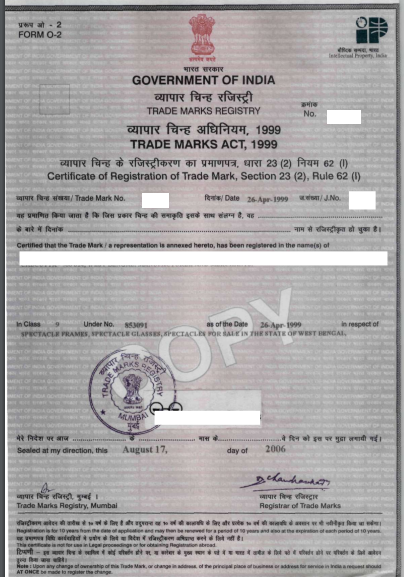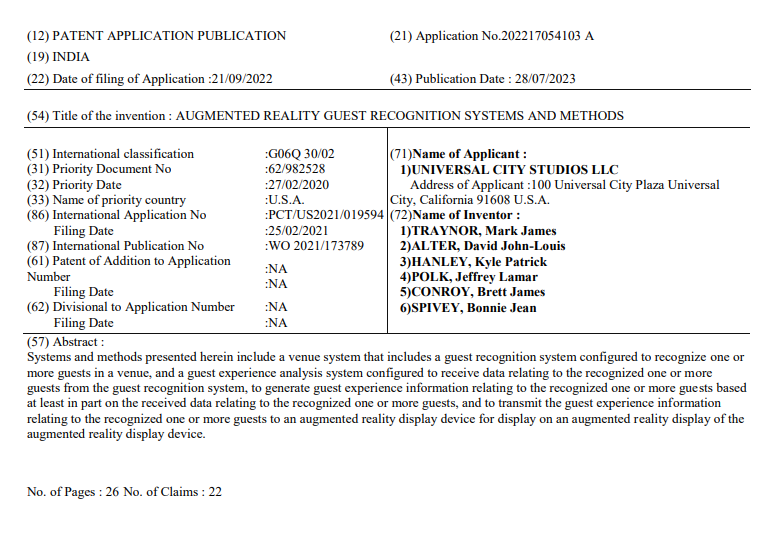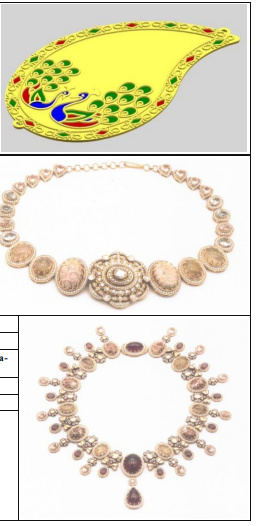
Trademark vs. Copyright vs. Patent: Understanding the Differences
Introduction: In the world of intellectual property (IP), it’s essential to understand the distinctions between trademarks, copyrights, and patents. Each type of protection serves a unique purpose, safeguarding different aspects of creative works and innovations. In this article, we’ll delve into the differences between trademarks, copyrights, and patents, helping you make informed decisions to protect your intellectual property.
- Trademark:
A trademark is a form of protection for names, logos, symbols, or phrases that distinguish products or services in the marketplace. It acts as a brand identifier, helping consumers recognize and associate specific goods or services with a particular source. Registering a trademark grants the owner exclusive rights to use the mark in connection with their goods or services within the designated industry.
Key Points:
- Protects brand names, logos, symbols, and phrases
- Provides brand recognition and prevents customer confusion
- Registered with the relevant intellectual property office
- Copyright:
Copyright protects original works of authorship, such as literature, music, art, and software. The moment a work is created and fixed in a tangible form (e.g., written down or recorded), it is automatically protected by copyright. Registering a copyright with the appropriate authority provides additional benefits, such as the ability to pursue statutory damages and attorney fees in case of infringement.
Key Points:
- Protects literary, artistic, musical, and creative works
- Automatically granted upon creation (registration is optional)
- Offers exclusive rights to reproduce, distribute, and display the work
- Patent:
A patent protects inventions, granting inventors exclusive rights to their creations for a limited period. There are three main types of patents: utility patents (for new machines, processes, or compositions of matter), design patents (for ornamental designs of functional items), and plant patents (for new plant varieties). To obtain a patent, the invention must be novel, non-obvious, and useful, and the application must disclose how to make and use the invention.
Key Points:
- Protects new and useful inventions or discoveries
- Grants exclusive rights for a limited period (usually 20 years)
- Requires a detailed and thorough patent application process
Conclusion:
In summary, trademarks, copyrights, and patents are different forms of intellectual property protection, each serving distinct purposes. Trademarks safeguard brand names and logos to prevent confusion among consumers. Copyrights protect creative works, ensuring that authors and creators have control over their creations. Patents, on the other hand, grant inventors exclusive rights to their inventions for a limited period. Understanding these differences will help you make informed decisions when seeking to protect your intellectual property assets. Whether you’re a business owner, artist, or inventor, securing the appropriate form of protection is essential in today’s competitive and creative landscape.


Accounts
Free Trial
Projects
Projects
SSL
SSL
Domains
Domains
Sub-domains
BASIC PLAN
Rs.1,499/-
Filing of Trademark in One Class
Use TM Over Your Trademark
User Affidavit Drafting
User Affidavit Drafting
Trademark Availability Search
Trademark Availability Search
Consultation With IPR Advisor
- No hidden charges
SILVER PLAN
Rs. 3,999/-
Filing of Trademark in One Class
Use TM Over Your Trademark
User Affidavit Drafting
User Affidavit Drafting
Classification of Trademark
Classification of Trademark
Trademark Availability Search
Consultation With IPR Advisor
- No hidden charges
GOLD PLAN
Rs.10,999/-
Filing of Trademark in One Class
User Affidavit Drafting
Use TM Over Your Trademark
Classification of Trademark
- Trademark Objection Reply
- Trademark Availability Search
- Trademark Hearing
- No hidden charges
